Alexandre Arnault interview: The Landmark heralds a ‘new era’ for Tiffany & Co.
Arnault takes us on a tour of the luxury brand’s renovated flagship store in New York
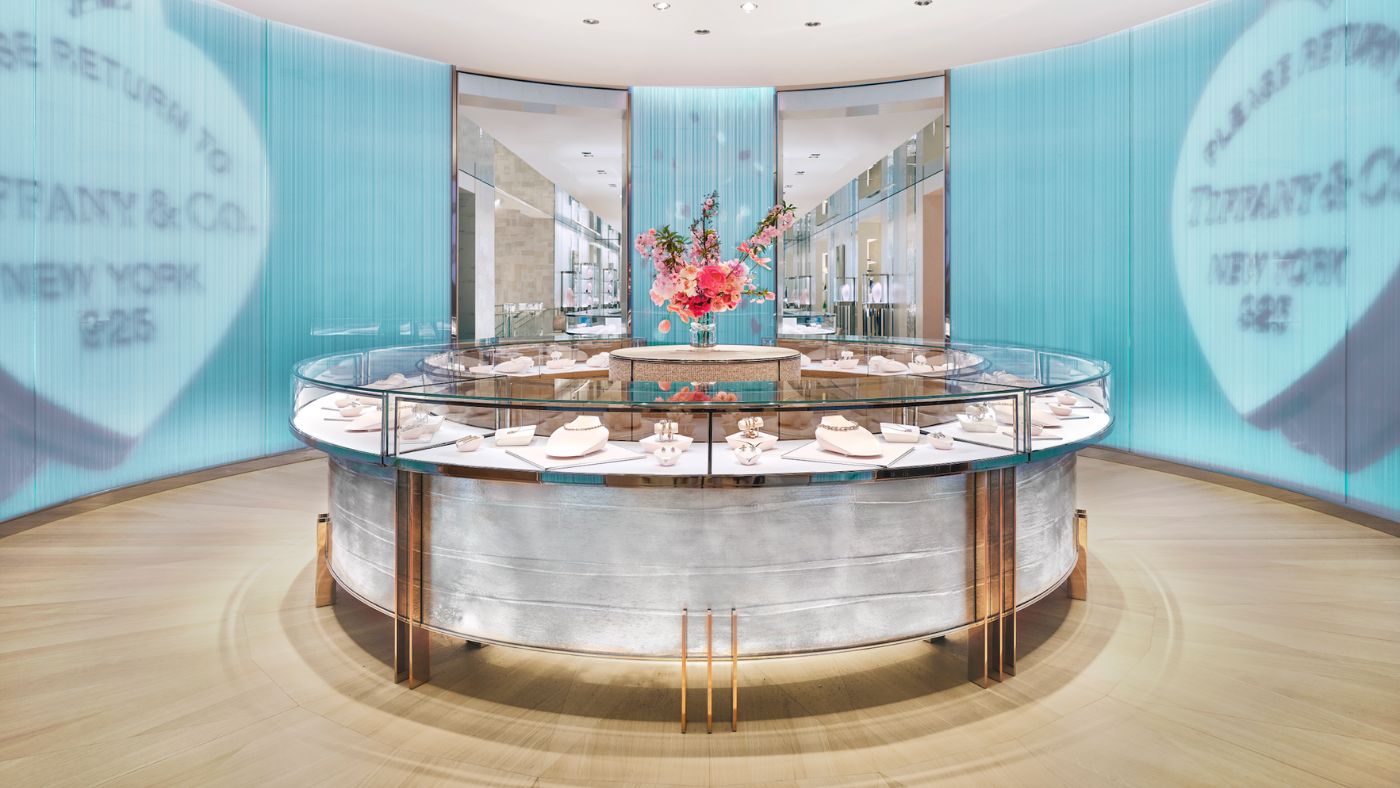
Via a video call from Paris, Alexandre Arnault details how stages of life are marked by select objects. Often, these objects seem to be jewellery. Arnault had been a “watch guy” for some time when he first added a gold ring – a wedding band, following his and Géraldine Guyot’s 2021 nuptials – and then later a bracelet. On my laptop screen, that bracelet is partially coming into view now: it’s the Tiffany Lock. Cast from white, yellow or rose gold, at times dusted with diamonds, the bracelet made its original debut last summer with a design and construction that ennobles everyday padlocks. On Arnault’s wrist, it’s also a glowing nod to recent developments: in January 2021, he joined Tiffany & Co. as the luxury brand’s executive vice president of product and communications.
But back to life phases and their tokens. “We call that rites of passage, right?” says Arnault, among other waymarks referencing birthdays, sweet sixteens and weddings. All can, and often do, include something wrapped in a Tiffany box, its trademarked blue – a medium robin egg tone – a welcome hint of small treasures to be discovered. “We are able to be present in peoples’ lives from very early on,” he says. “Sometimes even from birth. I just had a baby and I received a lot of Tiffany birth presents. So, that’s amazing. We are one of the few brands, if not the only brand, that is able to do that.”
Tiffany & Co. has a presence in many lives in other ways, too. Since Charles Lewis Tiffany, in partnership with his school friend John B. Young, first set up the business in 1837, the company has peerlessly asserted itself within both design history and popular culture. In the past, the brand has made headlines for stand-out purchases, such as its 1887 acquisition of almost one-third of the French Crown Jewels or, most notably, the 128.54-carat yellow Tiffany Diamond, in company hands since 1879. Then, there are its partnerships with leading tastemakers, from virtuoso jewellery designer and artist Jean Schlumberger – author of the brand’s winged mascot, the “Bird on a Rock” – to fashion designer Paloma Picasso and important architect Frank Gehry. Or how about Tiffany’s line of silver charms, trinkets and keyrings, all inscribed with its hometown, Manhattan, and all bestselling? Used in engagement rings and first introduced in 1886, the Tiffany Setting, which uses just six prongs for maximum brilliance, has captured imaginations, too.
The Week
Escape your echo chamber. Get the facts behind the news, plus analysis from multiple perspectives.

Sign up for The Week's Free Newsletters
From our morning news briefing to a weekly Good News Newsletter, get the best of The Week delivered directly to your inbox.
From our morning news briefing to a weekly Good News Newsletter, get the best of The Week delivered directly to your inbox.
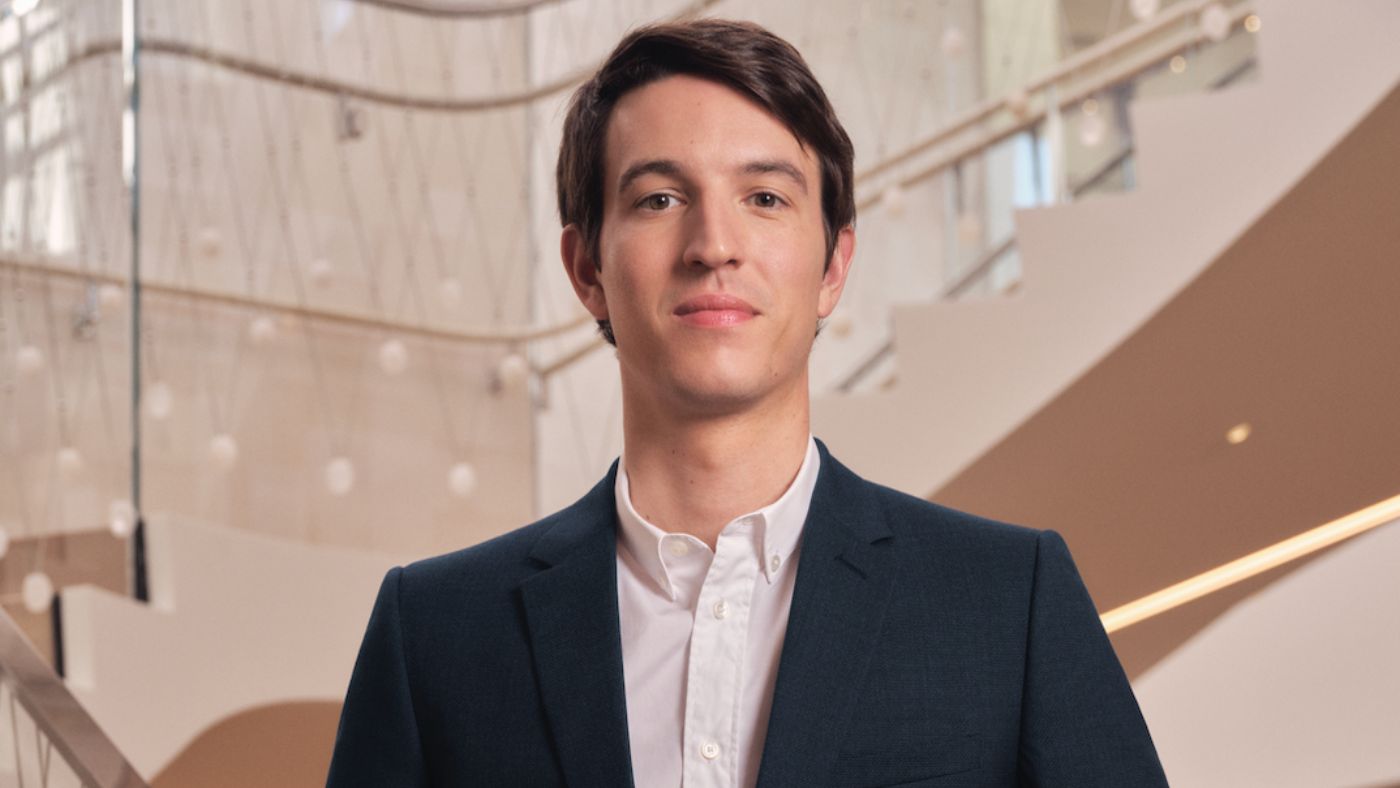
‘Only one brand that comes to mind’
Aside from jewellery, there are Tiffany’s other product categories – among them, homeware and fragrance – and, most importantly, its credits in film, music, sports and literature. In the role of Holly Golightly, actor Audrey Hepburn had Breakfast at Tiffany’s in 1961. And the interlocking “NY” logo of the New York Yankees was designed by Tiffany. “When you think about luxury in America, there is only one brand that comes to mind,” says Arnault. “I was always attracted to Tiffany. I was always excited about what the brand was doing and excited about the potential to develop it further and follow a vision that I could have to steer it.”
Before his Tiffany appointment, Arnault, a graduate of the École Télécom ParisTech and the École Polytechnique, had been successfully reframing Rimowa. He had joined the German heritage maker in October 2016, which had until then been run by the same family for about 119 years, and had been pivotal in the brand’s acquisition by LVMH, the group of 75 luxury brands (among them Louis Vuitton, Christian Dior, Krug champagne and Guerlain) that Arnault’s father Bernard is founder, chairman, and chief executive officer of. His mother is Hélène Mercier, a concert pianist, and Arnault is one of five children, all of whom today work within the group.
At Rimowa, which is headquartered in Cologne, Germany, Arnault put the concern’s production know-how centre front, now redressed through creative collaborations – Rimowa suitcases as viewed by collaborative brands Fendi and Supreme, for example, or by creative forces such as the late Virgil Abloh – and offered via a fine-tuned retail strategy. It was a success.
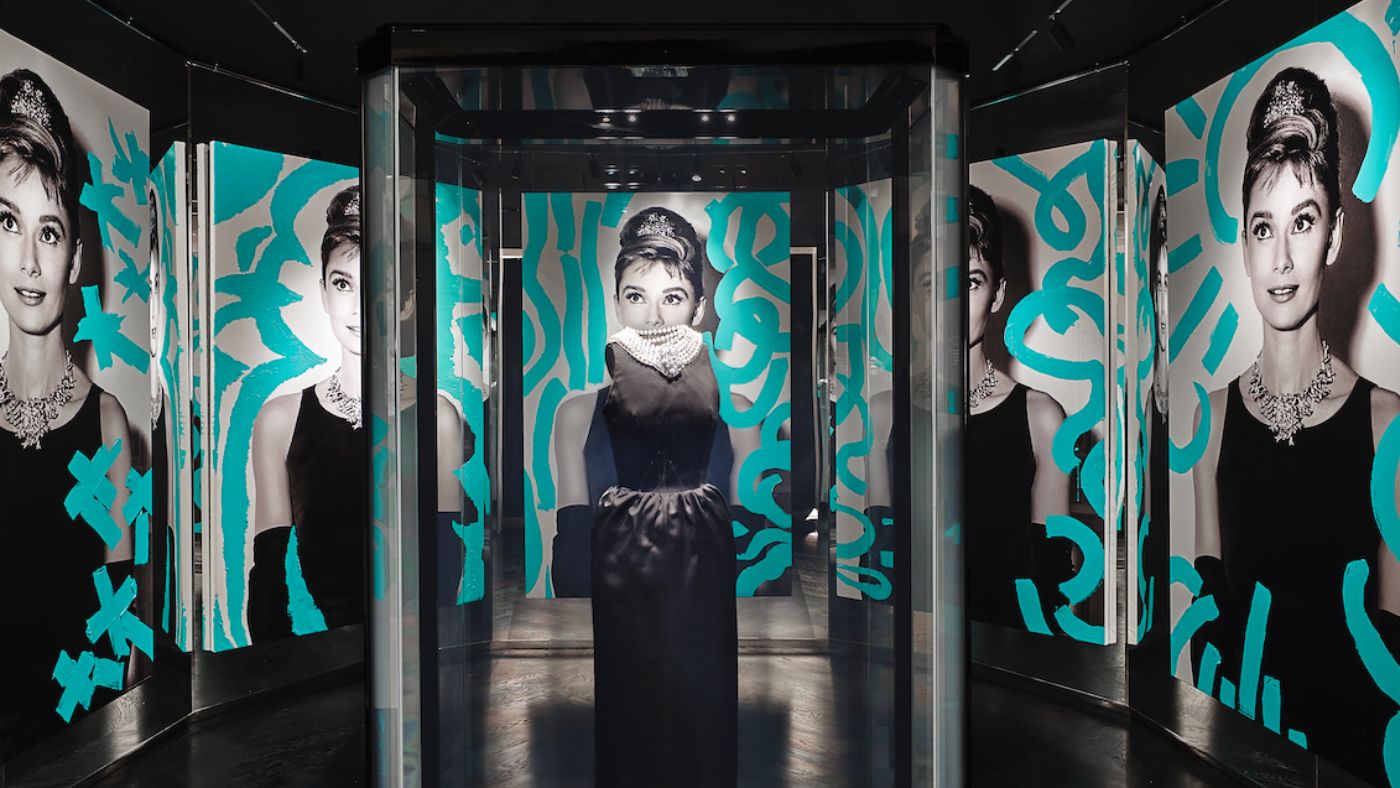
In a deal that made history, LVMH completed its acquisition of Tiffany and Co. in January 2021, for the sum of $15.8bn. Arnault’s role was announced as part of a new leadership team that also counts Anthony Ledru as chief executive officer. The team worked swiftly and to acclaim: recent projects and developments have included artistic collaborations and a coterie of brand ambassadors. Last November, 99 iterations of the Tiffany Lock bracelet came in white gold and finessed with diamonds and tsavorites – a bright green gemstone Tiffany first introduced in 1974 – and boxed in padlock-motif eroded bronze sculptures created at the New York studio of contemporary artist Daniel Arsham.
A free daily email with the biggest news stories of the day – and the best features from TheWeek.com
In the meantime, the house welcomed Hailey Bieber, Gal Gadot, Zoë Kravitz and Pharrell Williams. Also, a blockbuster campaign: photographed against Equals Pi, a 1982 work by New York artist Jean-Michel Basquiat, are Jay-Z and Beyoncé, the latter wearing the yellow Tiffany Diamond. Titled About Love, the campaign includes a corresponding short film, scored to Beyoncé’s rendition of Moon River.

The ‘pure definition’ of Tiffany
The yellow Tiffany Diamond, and much else, will now be on view in Manhattan, New York City, at The Landmark, as the brand has christened its renovated flagship at the corner of Fifth Avenue and 57th Street. The building, a limestone, marble and granite creation by architectural firm Cross & Cross, has been home to Tiffany since 1940. How important is the location to the brand, which at the time of writing operates 300 retail sites worldwide, today? “It doesn’t get better than this,” says Arnault. “It’s one of the most, if not the most iconic corners of the luxury world, or the world in general. It has been for a long time and I think it will be forever. It’s the pure definition of Tiffany.”
The doors reopened in April, following nearly four years of renovations, a process during which the famous address had remained cloaked in scaffolding. “I think it’s really a new era for us,” says Arnault.
The Landmark now collates Tiffany’s rich tapestry of product lines, projects and initiatives across ten floors. The site will house the largest collection of Tiffany high jewellery in the world and a museum and exhibition space is arranged across the eighth and ninth floors. French chef Daniel Boulud, who currently runs seven restaurants across the city and has been the recipient of Michelin stars, is behind The Blue Box Café. And there is fine art to see, too: Landmark is the setting to 40 artworks, some commissioned expressively for the site. There are pieces by Julian Schnabel, Anna Weyant, Richard Prince, and Jenny Holzer.
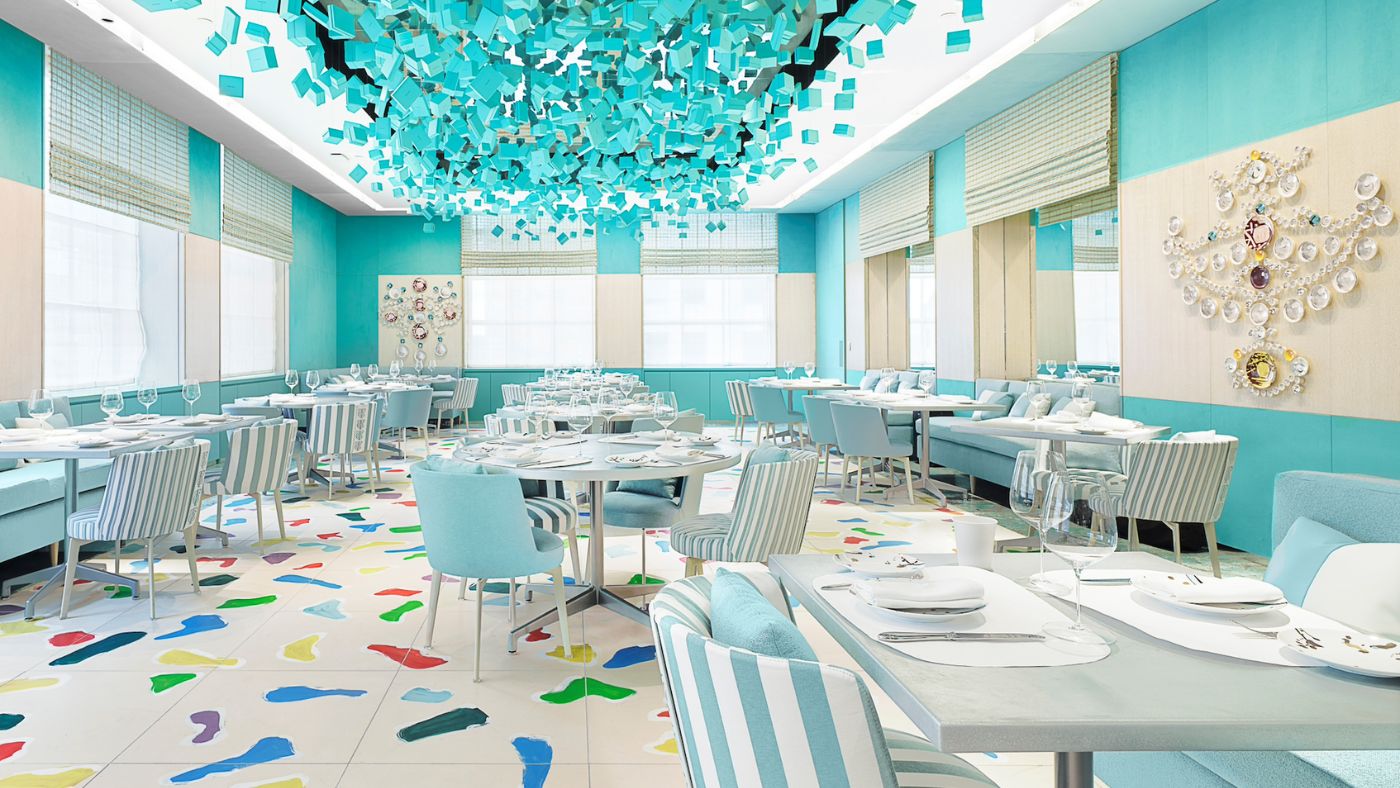
Clever remix of past, present and future
The renovation, which also saw the addition of a three-storey high space, replacing former offices first built in 1980, is the work of Peter Marino, who was charged with the interiors, and architecture firm OMA New York, under architect Shohei Shigematsu. Leaving the building’s façade untouched, once indoors the team gave new expression to what a luxury brand flagship – and in particular one whose repute is anchored in jewellery, a sector often governed by tradition – could look like today.
It’s a clever remix of past, present and future. On the ground floor, expansive video walls show views of Central Park or the Manhattan skyline; switched off, they become mirrors. On the ground, wood parquet flooring, devised to a 1940 design. A sculptural spiral staircase connects floor three through to floor eight and is detailed with rock crystal accents, a nod to the visual vocabulary of legendary Tiffany designer Elsa Peretti. “Ten floors, ten thousand square metres. The scale of it is very important,” says Arnault. “I think to me also, it’s more than a jewellery store. It’s a real hub of culture. It’s the showcase of architecture, cutting-edge art, cutting-edge design. The attention to detail is huge: every wall is textured; every carpet is made to measure.”
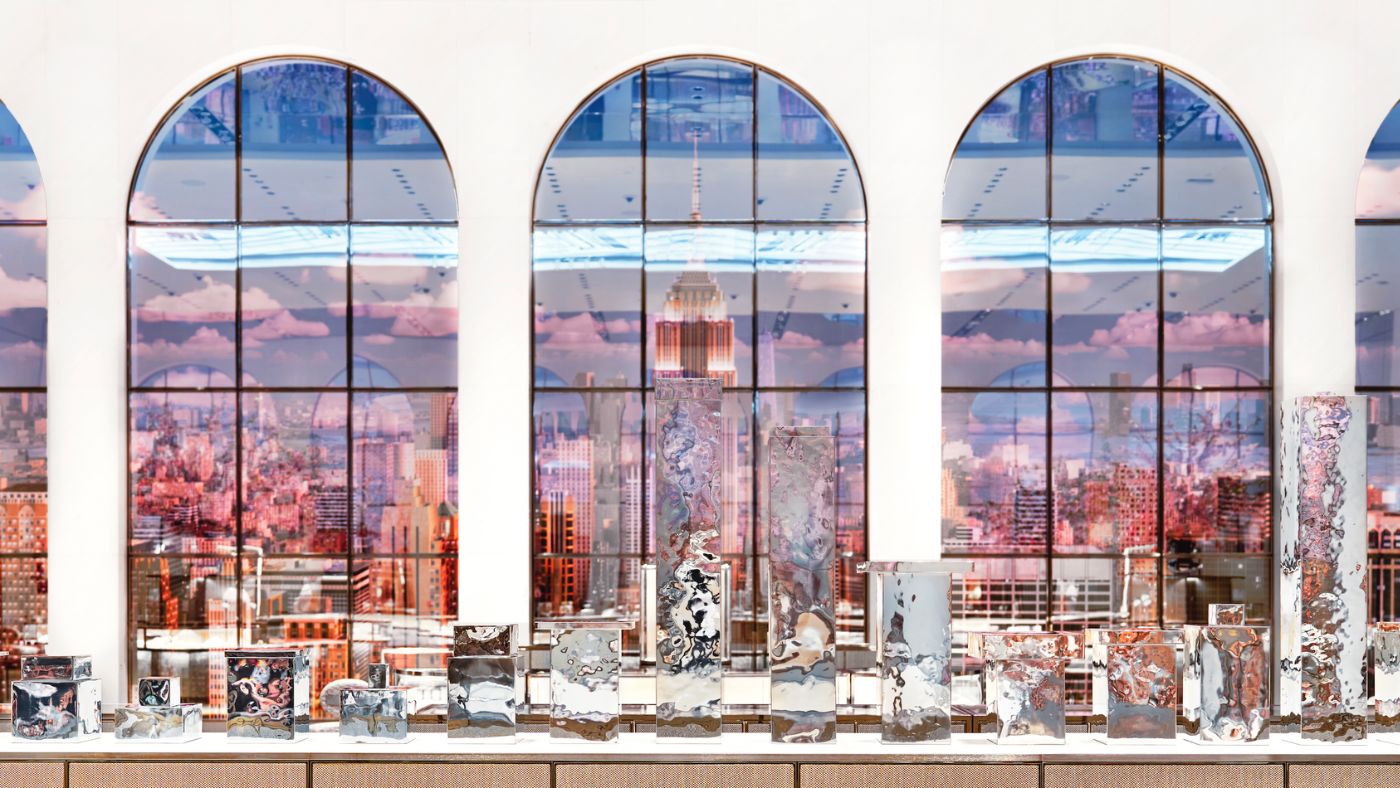
Still in situ: the famous Atlas Clock. The Ancient Greek Titan, condemned to hold up the heavens – or, in this case, an outsized timepiece – has long been part of New York City iconography. “I don’t know if you know, but that store before it closed was in the top five of the most visited places in New York,” Arnault says of The Landmark. “It was along the lines of the Empire State Building and Central Park and the Statue of Liberty. It’s really a place that people go to, to see it, to bring a souvenir back. We wish to continue that.”
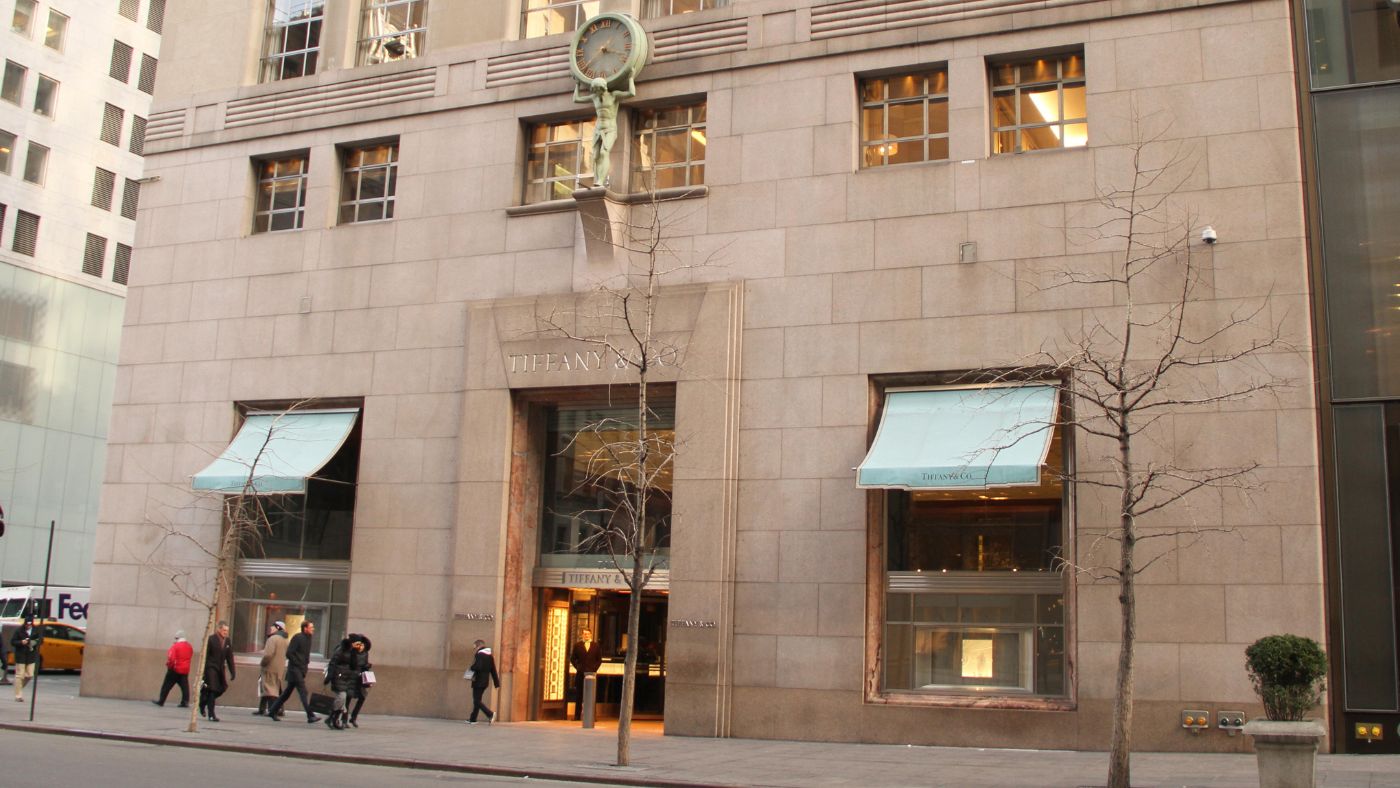
-
 Trump HHS moves to end care for trans youth
Trump HHS moves to end care for trans youthSpeed Read The administration is making sweeping proposals that would eliminate gender-affirming care for Americans under age 18
-
 Why does Trump want to reclassify marijuana?
Why does Trump want to reclassify marijuana?Today's Big Question Nearly two-thirds of Americans want legalization
-
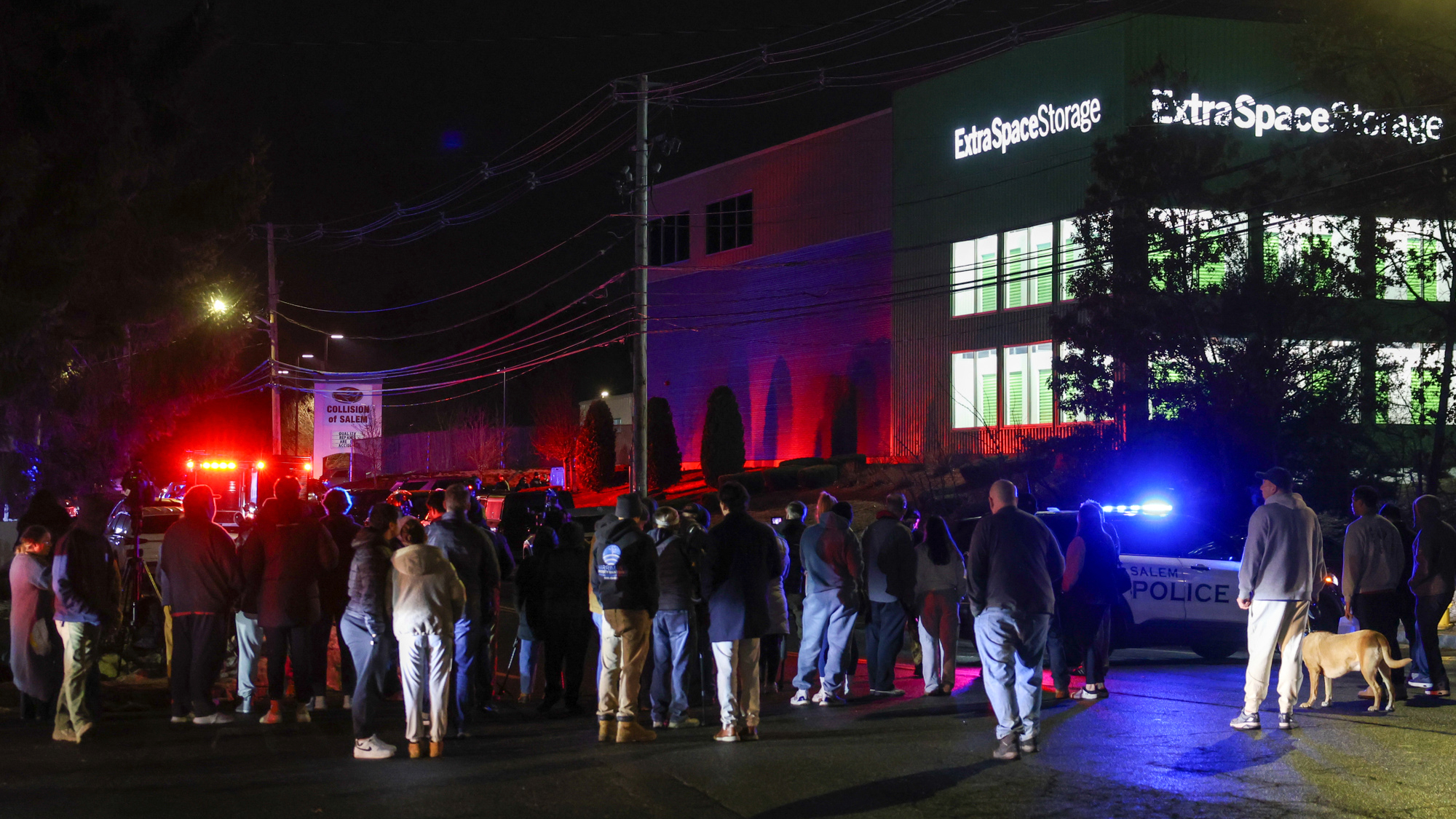 Sole suspect in Brown, MIT shootings found dead
Sole suspect in Brown, MIT shootings found deadSpeed Read The mass shooting suspect, a former Brown grad student, died of self-inflicted gunshot wounds
-
 Appetites now: 2025 in food trends
Appetites now: 2025 in food trendsFeature From dining alone to matcha mania to milk’s comeback
-
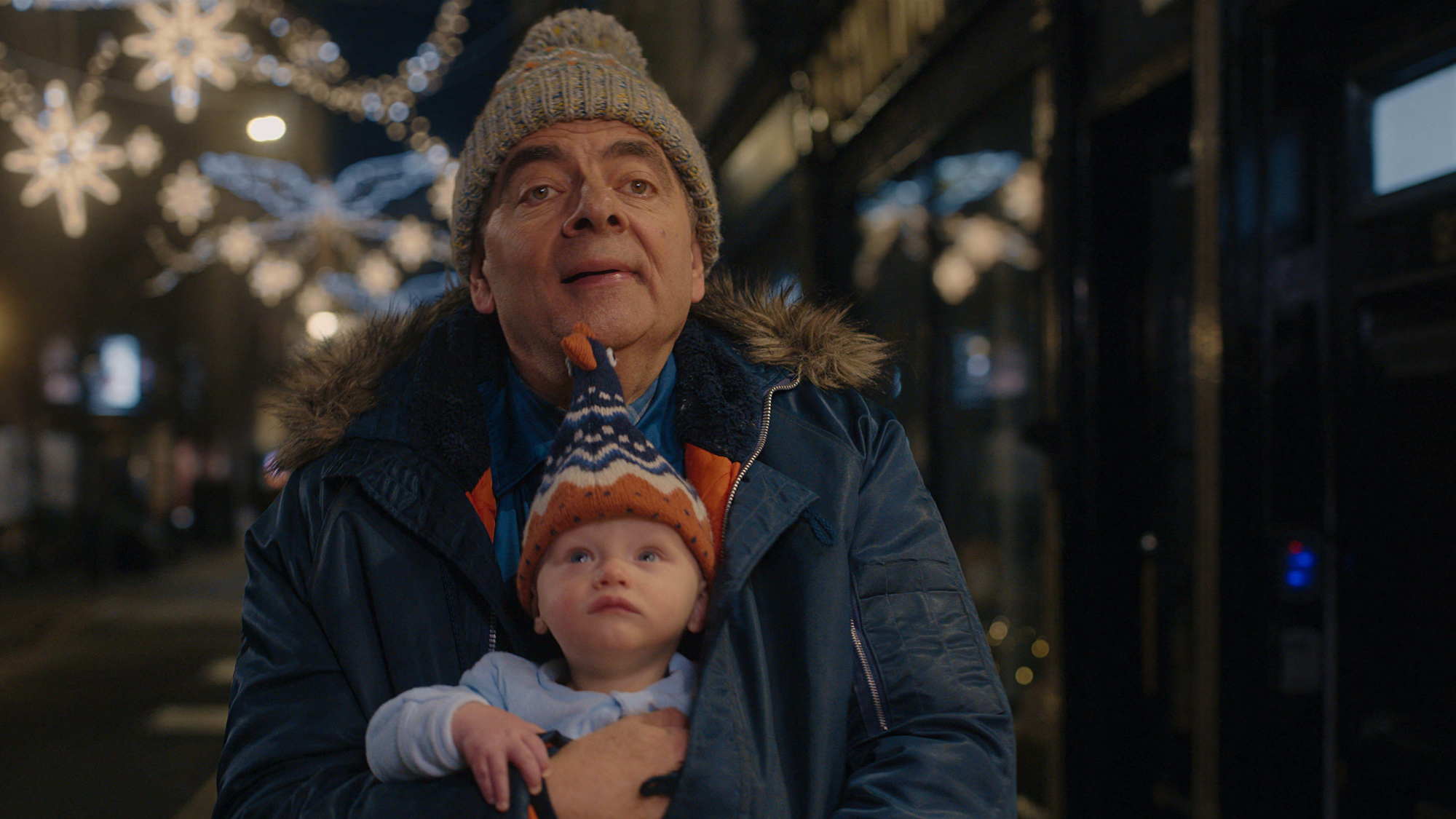 Man vs Baby: Rowan Atkinson stars in an accidental adoption comedy
Man vs Baby: Rowan Atkinson stars in an accidental adoption comedyTalking Point Sequel to Man vs Bee is ‘nauseatingly schmaltzy’
-
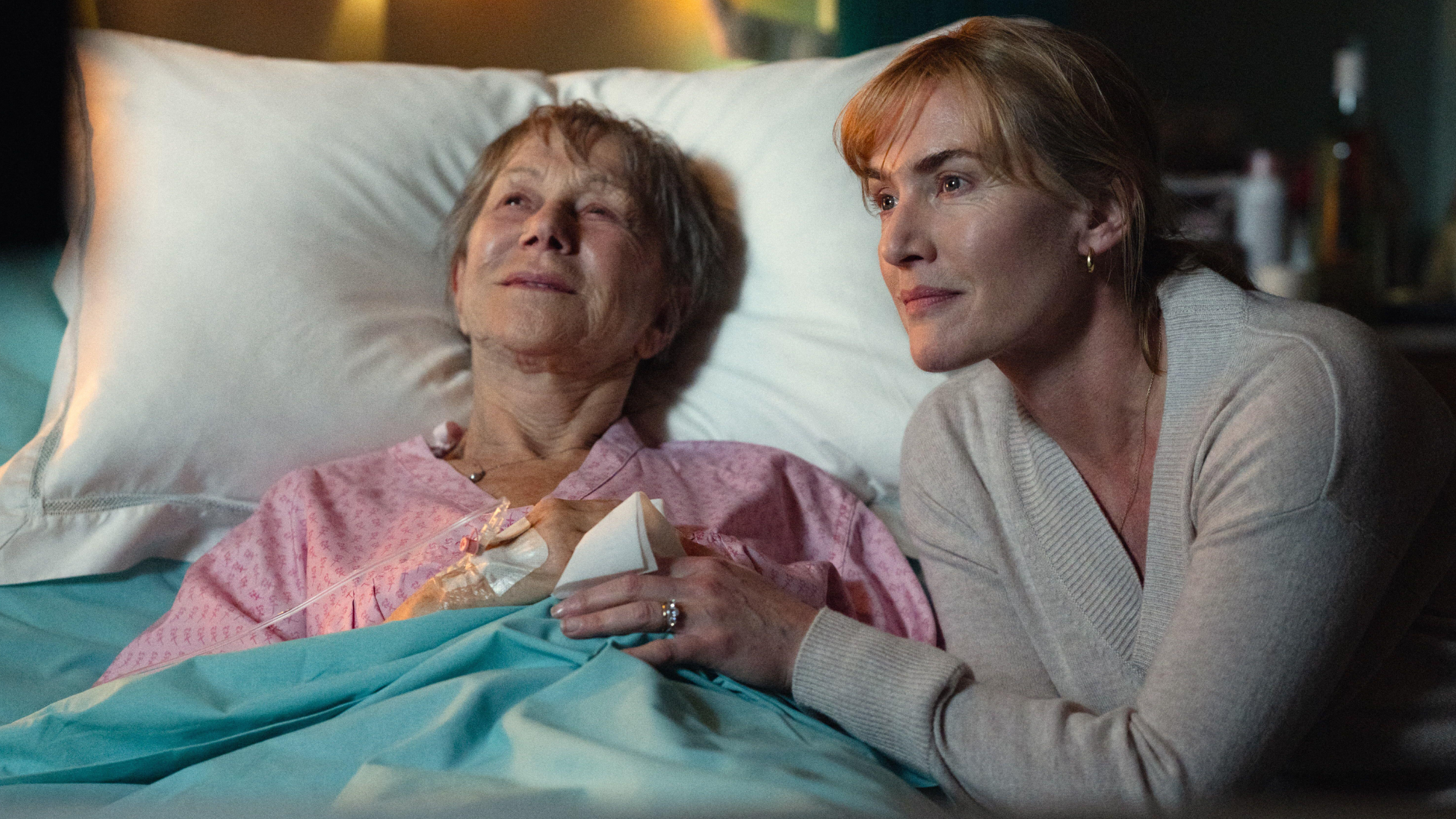 Goodbye June: Kate Winslet’s directorial debut divides critics
Goodbye June: Kate Winslet’s directorial debut divides criticsTalking Point Helen Mirren stars as the terminally ill English matriarch in this sentimental festive heartwarmer
-
 A Christmas Carol (or two)
A Christmas Carol (or two)The Week Recommends These are the most delightful retellings of the Dickens classic from around the country
-
 ‘Capitalism: A Global History’ by Sven Beckert and ‘American Canto’ by Olivia Nuzzi
‘Capitalism: A Global History’ by Sven Beckert and ‘American Canto’ by Olivia NuzziFeature A consummate history of capitalism and a memoir from the journalist who fell in love with RFK Jr.
-
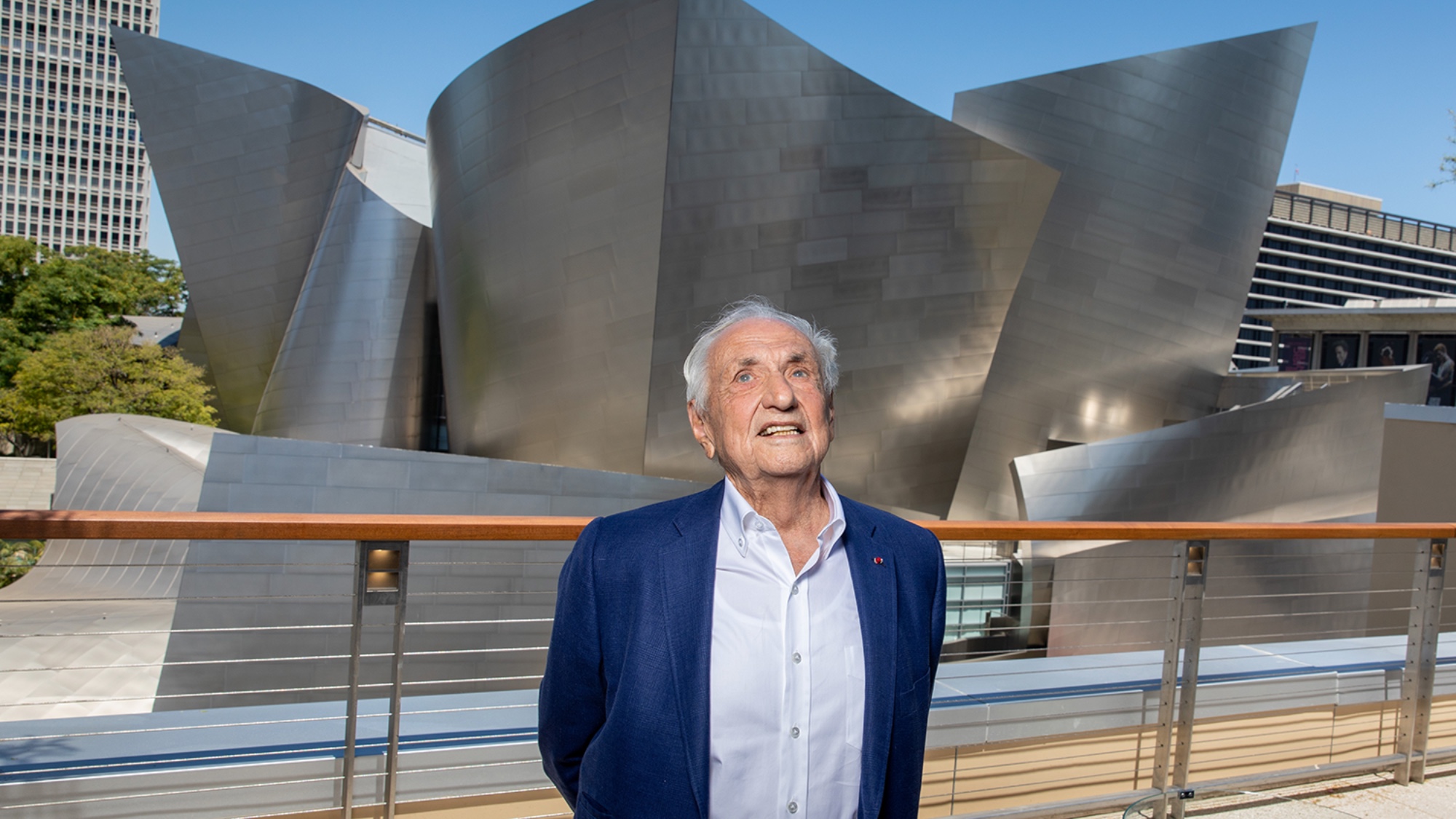 Frank Gehry: the architect who made buildings flow like water
Frank Gehry: the architect who made buildings flow like waterFeature The revered building master died at the age of 96
-
 6 lovely barn homes
6 lovely barn homesFeature Featuring a New Jersey homestead on 63 acres and California property with a silo watchtower
-
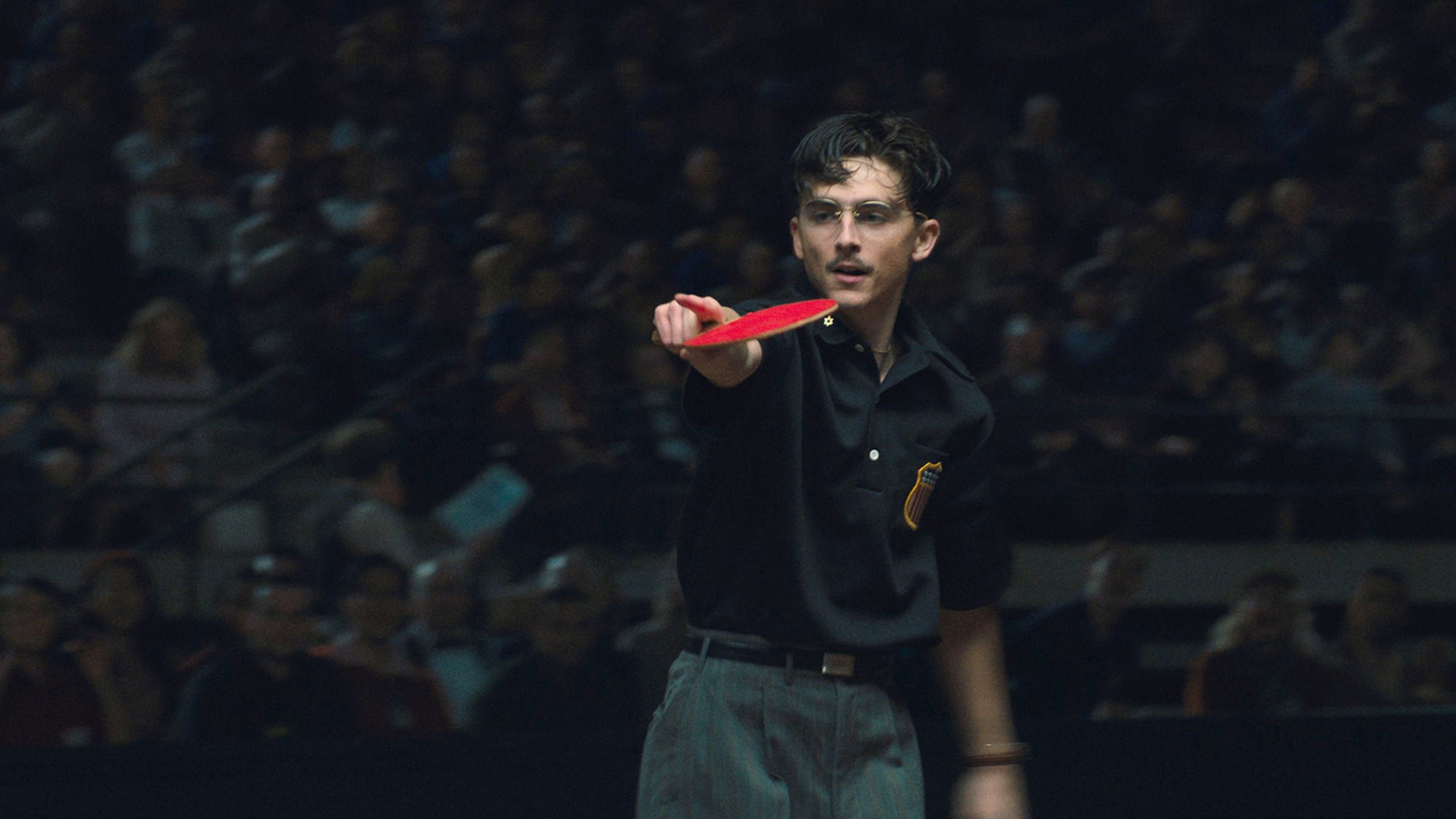 Film reviews: ‘Marty Supreme’ and ‘Is This Thing On?’
Film reviews: ‘Marty Supreme’ and ‘Is This Thing On?’Feature A born grifter chases his table tennis dreams and a dad turns to stand-up to fight off heartbreak